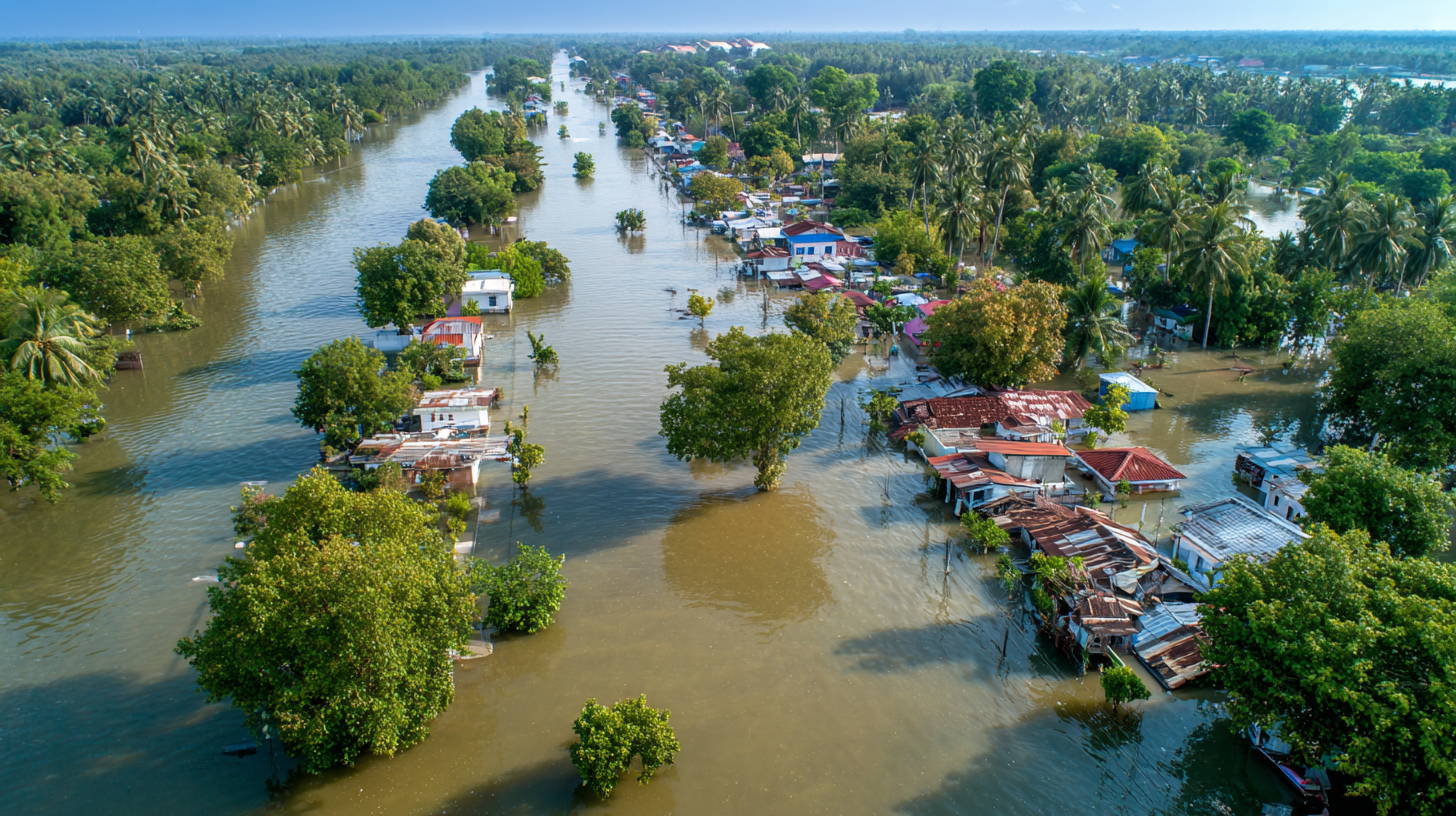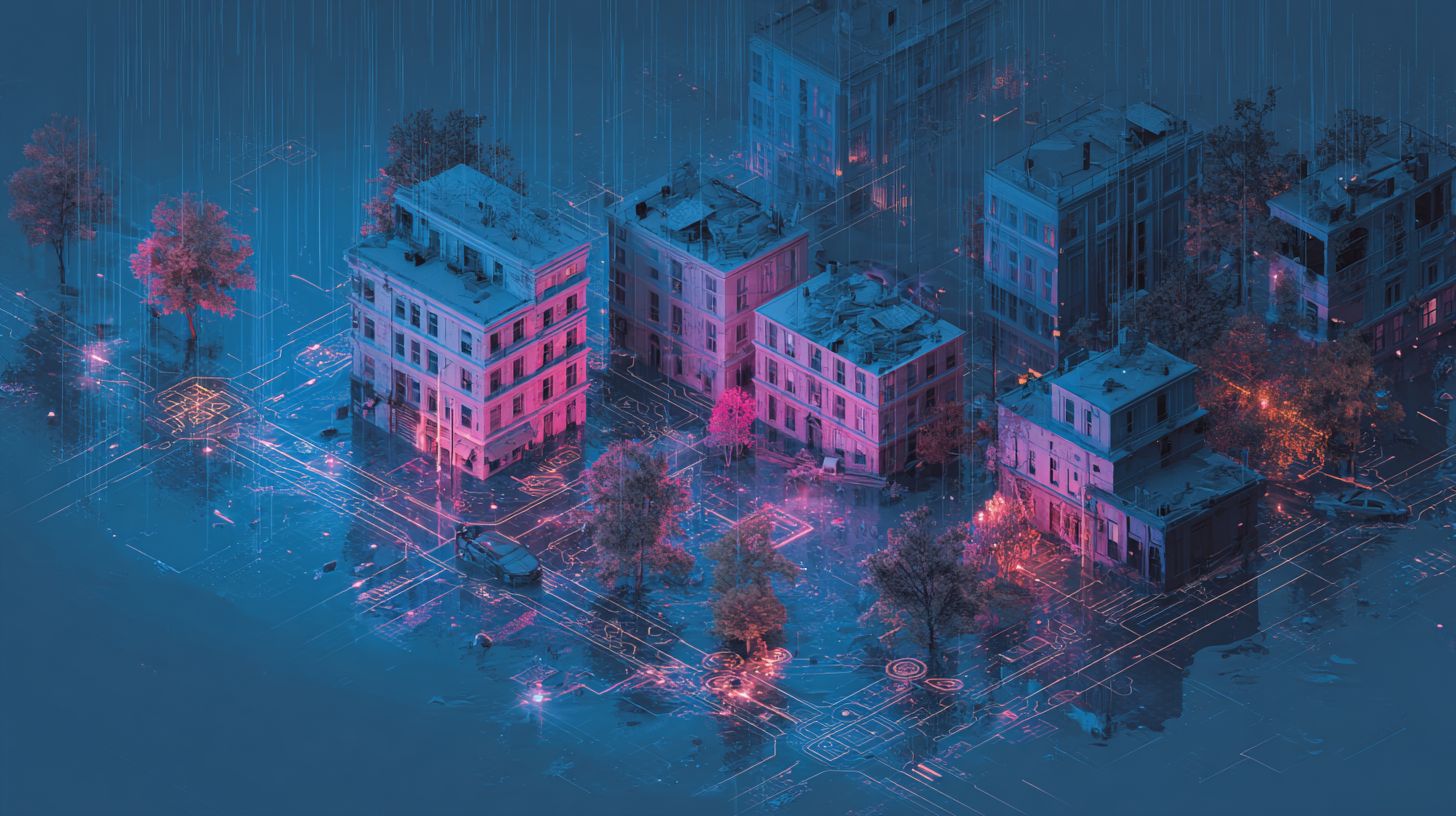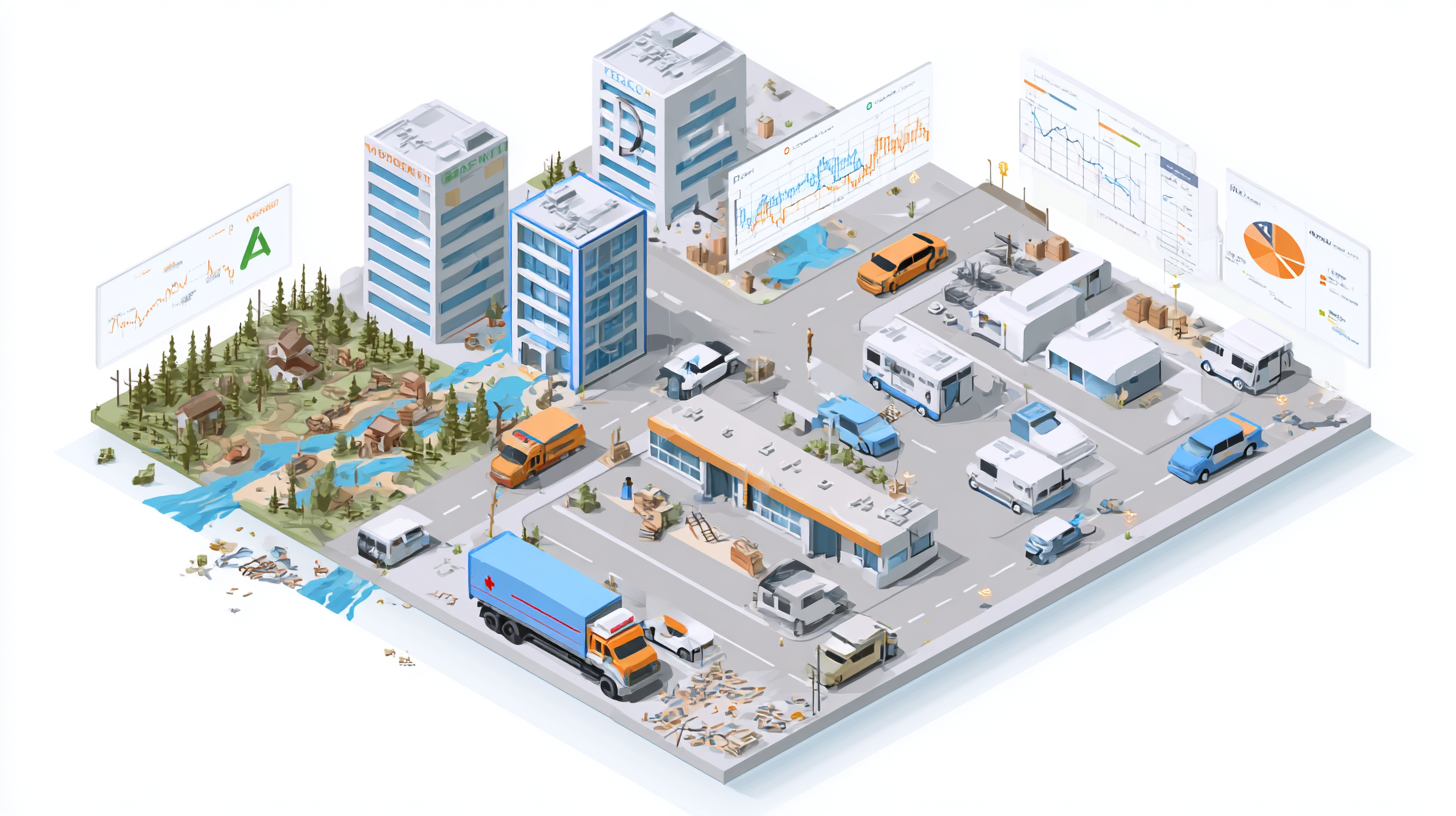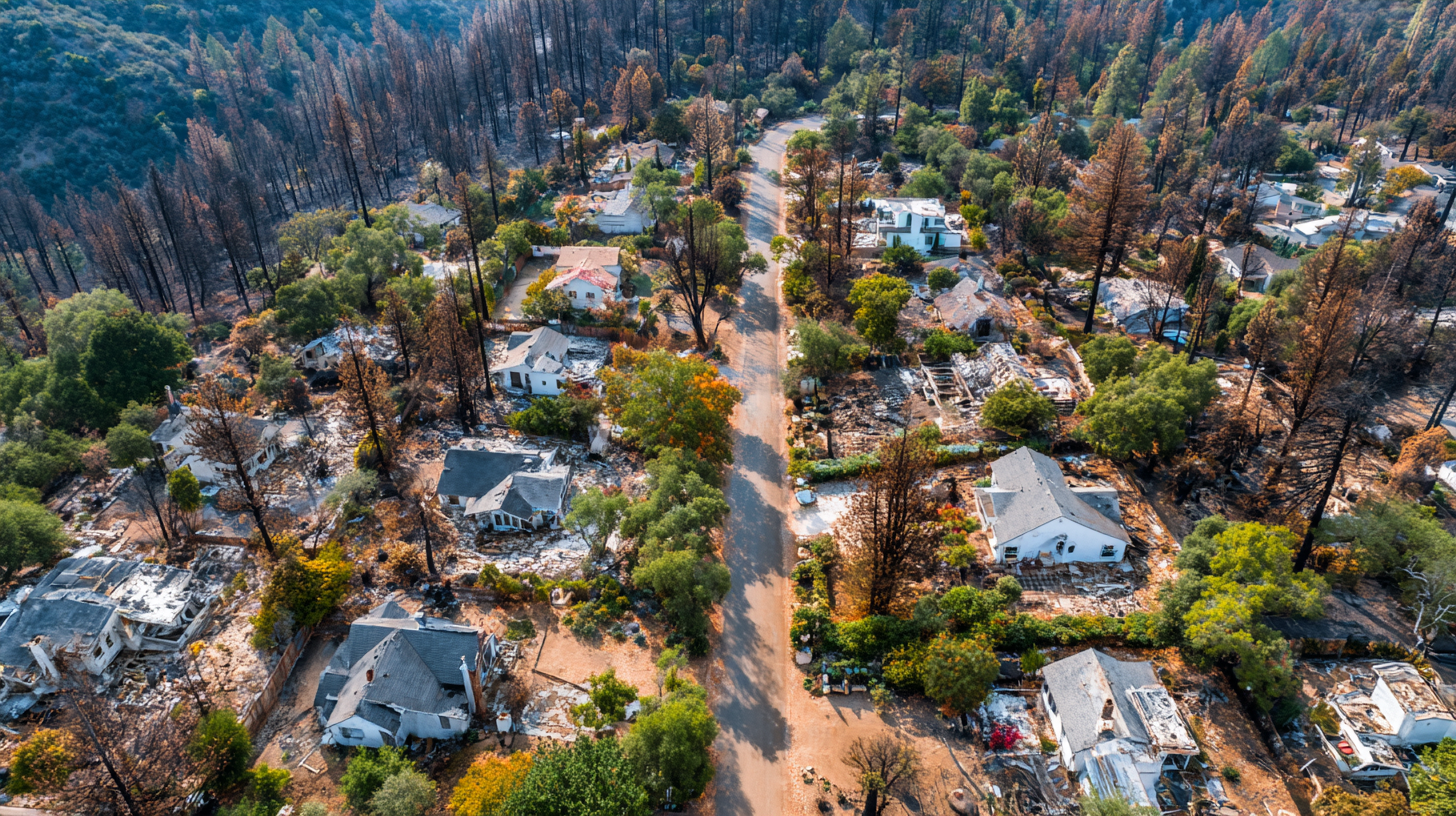
AI in Disaster Modelling and Forecasting for Enhanced Insurance Strategies
In today’s rapidly changing world, climate-related disasters are becoming an unavoidable reality. As these events become more frequent and severe, the importance of effective disaster modelling and forecasting has surged, particularly in the insurance industry. Leveraging Artificial Intelligence (AI) in these areas not only helps in predicting potential disasters but also enables insurance companies to develop strategies that enhance risk management. In this article, you will discover how AI is reshaping disaster modelling and forecasting and learning how these advancements can lead to better insurance strategies.
The Role of AI in Disaster Modelling
As you step into the world of disaster modelling, it’s essential to recognize that this is more than just a numbers game. It involves using simulations, statistics, and various modelling techniques to understand the risks and impacts of disastrous events. But how do you incorporate AI into this complex framework?

AI enhances disaster modelling by providing powerful algorithms that can analyze massive datasets. This capability allows you to identify patterns that traditional modelling methods might overlook. Datasets might include historical weather patterns, social media activity, and geographical data. AI can sift through these datasets faster and more accurately than human analysts, making the forecasting process more reliable. As a result, you’re able to create models that predict disaster scenarios with greater precision, which ultimately informs your insurance strategies.
Moreover, the real-time data analysis that AI enables means you can continually refine and update your models as new information becomes available. This dynamic approach to disaster modelling assists in adjusting insurance premiums and policy terms based on the latest risk assessments.
Predictive Analytics: A Key Component
When thinking of AI in disaster modelling, predictive analytics should top your list of components. This aspect of AI refers to the use of statistical algorithms and machine learning techniques to identify the likelihood of future outcomes based on historical data.
Imagine you are working with an insurance company focusing on flood risk. By employing predictive analytics, your AI systems could analyze past flood patterns, economic data, and even socio-economic factors like population density. You would thereby gain insights into which regions are more likely to experience flooding in the coming years. This ownership of information allows you to design policies tailored specifically to the needs of those areas, ensuring coverage is relevant and financially viable.
Additionally, predictive analytics can help you optimize claims processes. By anticipating where disasters are likely to strike, insurance companies can allocate resources and set expectations ahead of time. For you as an insurance provider, this proactive strategy can mean the difference between a smooth claims experience and chaotic customer relations during disasters.

Enhanced Forecasting with Machine Learning
When you hear the term “machine learning,” think of it as the backbone of AI’s ability to enhance forecasting. Whereas traditional models may rely on static parameters, machine learning allows systems to learn from new data continuously. This continuous learning reflects changes in weather patterns, economic trends, and even human behaviors, leading to increasingly accurate forecasts.
Consider seasonal weather changes that might contribute to increased natural disasters. By implementing machine learning algorithms, you can train your models to recognize subtle changes in weather data that could indicate a looming disaster. For example, if a specific temperature or humidity level correlates with a higher occurrence of hurricanes, your machine learning model will adapt to detect these patterns, making forecasting much more accurate.
As a result, when implementing insurance strategies, you can be ahead of the curve. Early forecasting allows you to alert your policyholders regarding potential risks or provide discounts for properties in areas deemed safer based on the modelling. Think of it as turning knowledge into power, both for your company and your clients.
Improving Risk Assessment
One of the most significant advantages of using AI in disaster modelling and forecasting is improved risk assessment. By leveraging advanced algorithms, AI helps you evaluate and quantify various factors, such as socio-economic vulnerabilities, geographical conditions, and environmental risks.
For instance, suppose you are insuring properties in wildfire-prone areas. With AI, you can evaluate not just the proximity of a home to wildfire zones but also factors such as vegetation type, moisture levels, and seasonal weather patterns. This comprehensive risk assessment translates into better-informed underwriting decisions.

Enhanced risk assessment also enables you to develop tiered insurance products. If your AI analysis shows that certain homes are more at risk, you can offer customized policies with specific coverage options. This level of individualization benefits both the policyholder and your company, as it reduces the chances of underpricing risky properties, thereby safeguarding against future financial losses.
Real-time Monitoring
In the wake of a disaster, the ability to monitor the situation in real-time is invaluable. AI can facilitate real-time monitoring through sensors and data collection technologies. This is particularly useful during a catastrophic event, where conditions can change within minutes.
Let’s say a hurricane is approaching. AI systems can process satellite imagery, weather forecasts, and ground-sensor data to capture vital information about the storm’s trajectory, intensity, and impact zone. With this data, insurance companies can quickly assess which areas are likely to be affected and prepare accordingly.
Real-time monitoring not only helps in making immediate decisions regarding claims but also in formulating long-term strategies. For instance, if a certain area consistently experiences flooding after severe storms, you may consider collaborating with local governments to improve resilience, thereby benefitting your policyholders in the future.
Tailoring Insurance Products
With the insights gained from AI-enhanced disaster modelling and forecasting, you can begin to rethink traditional insurance products. In a world that is becoming increasingly complex with multifaceted risks, a one-size-fits-all approach seldom works. As an insurance provider, you have the power to customize your offerings better than ever.
The data-driven insights gleaned from AI can enable you to create a range of insurance products that reflect the unique risks faced by different regions and demographics. For example, in areas prone to recurring floods, you might introduce additional coverage options specifically for water damage. In more stable locales, you could offer incentives for policyholders who implement proactive disaster preparedness measures.
By tailoring products to the specific needs and risks of your clientele, you not only enhance customer satisfaction but also improve retention rates. People appreciate policies that recognize their unique risks and offer them the protection they need.
Policyholder Engagement Through AI
AI also opens up new avenues for enhancing communication with policyholders, improving customer engagement. When disasters strike, people often have questions and concerns that need addressing quickly and thoroughly. AI can facilitate this interaction through chatbots and automated messaging systems.
Chatbots powered by AI can provide instant answers to common inquiries, ranging from policy coverage to filing claims. This kind of support not only relieves pressure on customer service teams but also enhances your policyholder’s overall experience. They receive the information they need when they need it, creating a sense of responsiveness and care that can significantly improve customer satisfaction.
Moreover, your AI systems can proactively send alerts to policyholders regarding impending disasters based on predictive modelling. By keeping clients informed, you build trust and demonstrate your commitment to their safety—essentially turning an insurance policy into a partnership.
Social Media and Public Relations
In the age of social media, you have an incredible opportunity to address public concerns during disasters and demonstrate your company’s proactive stance to protect your clients. AI can enhance your social media strategy in identifying critical conversations and gathering public sentiment around upcoming or ongoing disasters.
Imagine using AI algorithms to sift through thousands of social media posts to gauge public response to a severe storm warning. Feedback garnered from this data can allow you to craft effective and empathetic communication to your policyholders. This targeted approach ensures that your messaging resonates with the audience, making them more likely to reflect positively on your brand during trying times.
Regulatory and Compliance Considerations
As beneficial as AI is for disaster modelling and forecasting, it also brings to light important regulatory and compliance challenges. Given the sensitive nature of data involved—especially concerning personal information—you’ll need to ensure that your AI implementations meet legal requirements and uphold ethical standards.
It’s crucial for you to stay updated on regulatory frameworks surrounding AI, data privacy, and insurance practices. Working with legal advisers can help ensure compliance while still leveraging AI’s full potential. Additionally, transparency in how data is used will go a long way in building trust among your clients.
The ethical deployment of AI should also be a cornerstone of your strategy. Seek to avoid biases in predictive modelling, and continuously monitor your AI systems to ensure they are functioning fairly and equitably.
Future Trends in AI Disaster Modelling
As technology continuously evolves, so too will the applications of AI in disaster modelling and forecasting. One exciting prospect is the growing integration of AI with Internet of Things (IoT) devices. The combination of these technologies can lead to sophisticated early-warning systems that trigger alerts well before a disaster strikes.
Additionally, you can expect advancements in blockchain technology to create more significant data security, ensuring that sensitive information collected through AI and IoT devices is protected from breaches and misuse.
The future is bright for AI in disaster modelling and forecasting, and as you explore these advancements, keep an eye on emerging trends and innovations that could enhance your insurance strategies even further.
Conclusion: Harnessing AI for a Safer Future
As you venture into the world of AI and its applications in disaster modelling and forecasting, remember that embracing this technology is about more than just staying ahead of the competition. It’s about creating a safer environment for your policyholders and ensuring that they are financially protected in unpredictable times.
With AI, you gain valuable insights and capabilities that enhance risk management, improve customer engagement, and tailor insurance solutions that meet the diverse needs of your clients. As you continue to navigate the complexities of the insurance landscape, let AI be your guiding light toward innovative strategies that positively impact your business and the communities you serve.
If you found this article helpful or enlightening, don’t hesitate to clap for it, leave a comment, and subscribe to my Medium newsletter for updates. Your thoughts and feedback inspire continuous improvement, and I look forward to connecting with you further!
